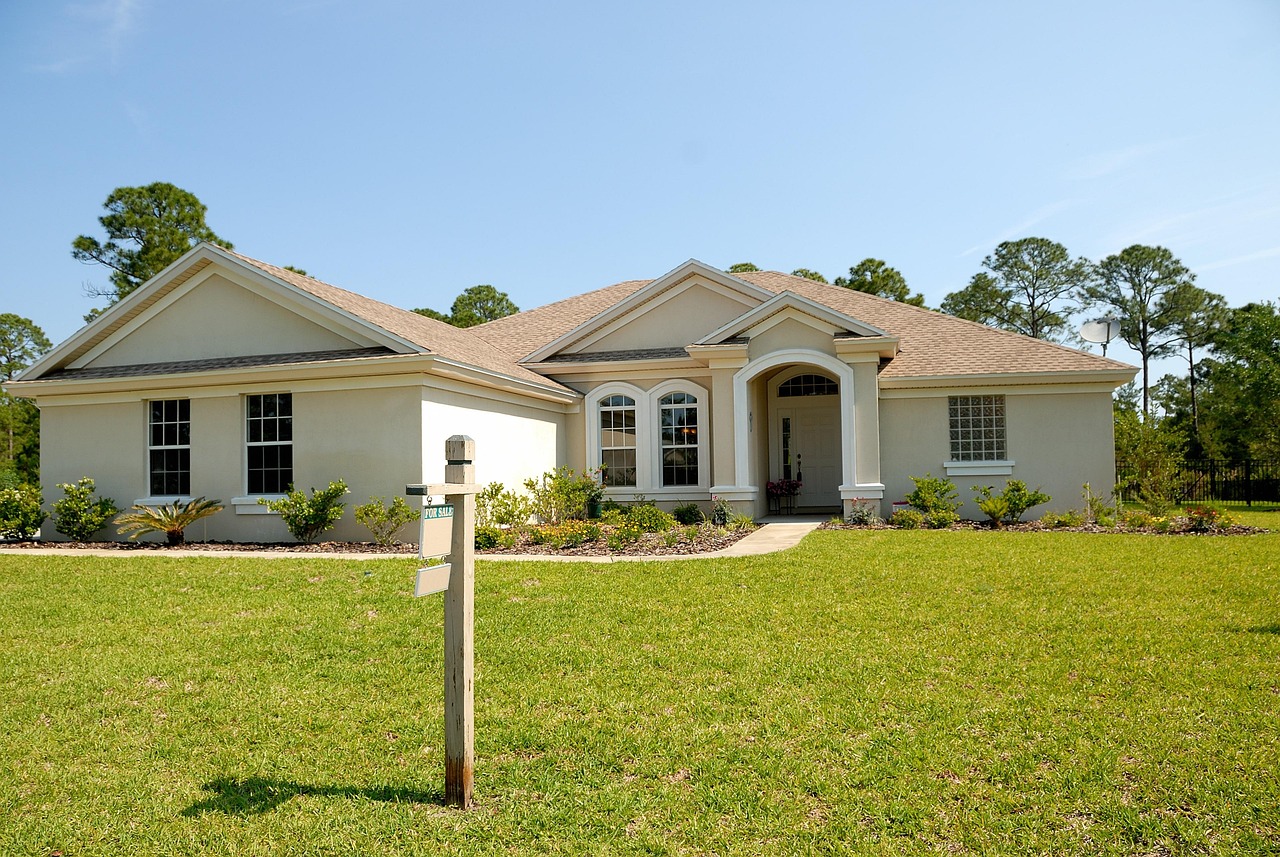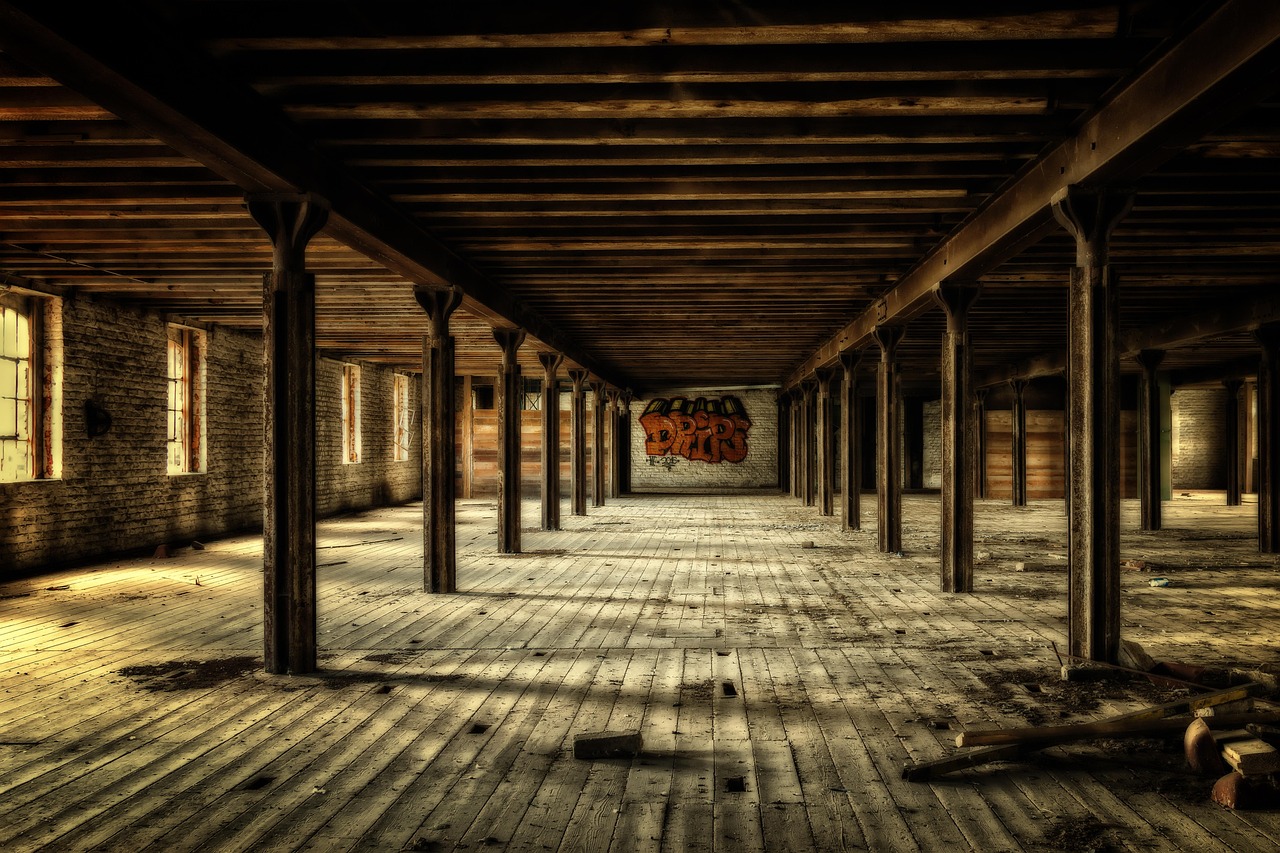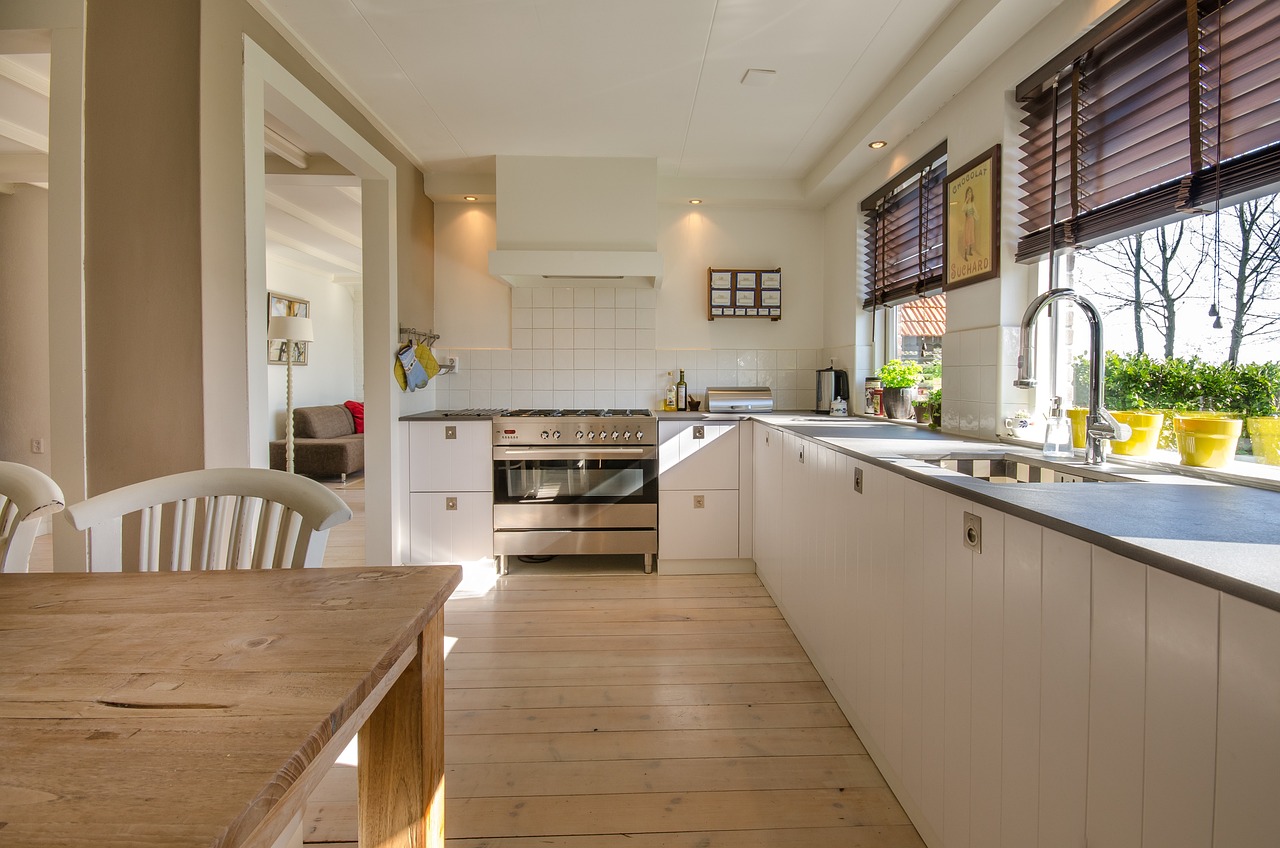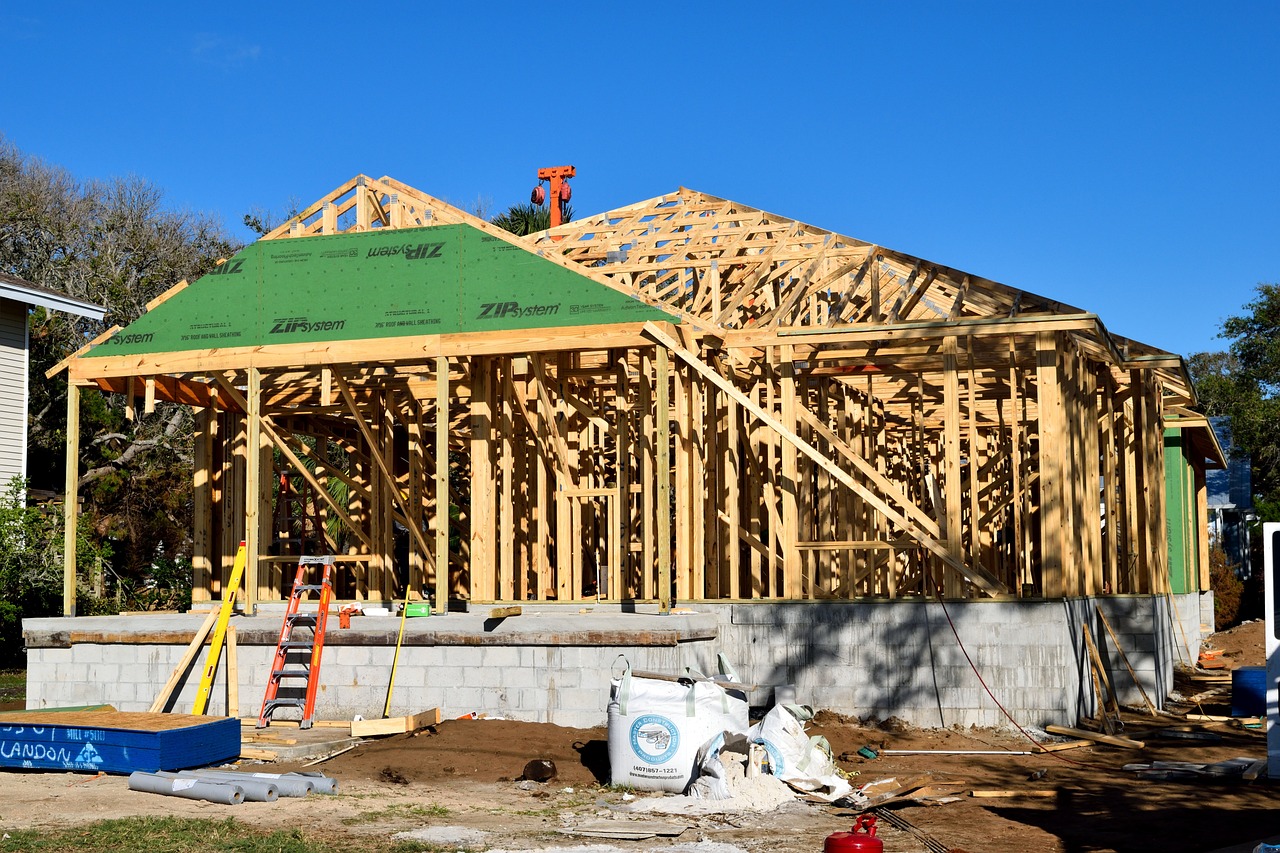Custom homes in Hamilton offer a unique opportunity to create a living space tailored to personal tastes, needs, and the city’s distinctive environment. With access to diverse architectural styles and quality builders, residents can design homes that blend modern features with the natural beauty surrounding Hamilton, including the Niagara Escarpment and Lake Ontario.
Hamilton’s custom home market is defined by its focus on quality craftsmanship, personalized design, and flexibility, allowing homeowners to control every aspect of their build from layout to finishes. This ensures that each home reflects the owner’s vision while meeting local building standards and lifestyle requirements.
Builders in Hamilton bring experience and expertise to the process, providing solutions that fit within various budgets and timelines. Whether looking for luxury features or practical designs, the city’s custom home industry caters to a broad range of preferences and needs.
Building Custom Homes in Hamilton
Building a custom home in Hamilton involves careful planning, choosing the right professionals, and considering architectural styles that suit the local environment. Buyers also often explore sustainable building techniques to align with modern standards and personal values.
Key Steps in the Custom Home Process
The process begins with establishing a clear budget and desired home features. After this, selecting a lot that complies with Hamilton’s zoning laws and environmental guidelines is critical.
Design development follows, where floor plans and elevations are finalized. During this phase, obtaining necessary permits from local authorities ensures compliance with building codes.
Construction includes foundation work, framing, and interior finishing. Throughout, regular inspections and quality checks help maintain standards.
Finally, the home undergoes a final walkthrough to confirm completion and adherence to the original design. Homeowners receive documentation for warranties and maintenance.
Selecting the Right Builder
Choosing a builder with local experience in Hamilton is essential. Builders familiar with municipal regulations, such as NICKS Developments or Alair Homes, can navigate permits and inspections more efficiently.
Prospective homeowners should review portfolios and verify references to assess quality and reliability. Communication skills and transparency about timelines and costs are key evaluation points.
A builder offering project management support can reduce stress and ensure milestones are met. Some companies provide dedicated quality control teams for constant oversight during construction.
Contract terms should clearly outline payment schedules, change orders, and warranties to avoid misunderstandings.
Popular Architectural Styles
Hamilton’s blend of urban and natural features encourages diverse architectural styles. Contemporary designs with open floor plans and large windows are popular for maximizing views of the escarpment and trails.
Traditional styles like Craftsman or Colonial remain favored for their timeless appeal and adaptability to different neighborhoods.
Modern farmhouse designs combine rustic elements with clean lines, fitting well on larger properties around Hamilton.
Many homeowners prefer styles that incorporate natural materials, such as stone or wood, to harmonize with the local landscape and climate.
Sustainable Building Options
Sustainability is increasingly important in Hamilton custom homes. Builders often integrate energy-efficient systems like high-performance insulation, geothermal heating, and solar panels.
Water conservation features, including rainwater collection and low-flow fixtures, help reduce utility costs and environmental impact.
Sustainable materials, such as reclaimed wood or low-VOC paints, improve indoor air quality and minimize ecological footprints.
Proper site orientation to maximize natural light and ventilation reduces energy consumption.
Opting for green building certifications, like LEED or Passive House standards, provides a measurable commitment to sustainability.
Costs, Timeline, and Local Considerations
Building a custom home in Hamilton involves understanding costs beyond just construction. Timelines depend on permitting and design complexities. Local market trends influence material prices and builder availability, affecting both budget and schedule.
Budgeting for a Custom Home
The average cost to build a custom home in Hamilton ranges between $320 and $550 per square foot. This depends on factors like design complexity, material quality, and site preparation.
Additional costs include:
- Land acquisition: Price varies by neighborhood
- Permits and fees: Necessary for legal compliance
- Design fees: Architectural plans and consultations
- Site preparation: Clearing, grading, and utilities installation
Owners should plan for contingencies of 10-15% above estimates to cover unexpected expenses. Detailed budgeting helps avoid overruns and aligns spending with priorities.
Permitting and Zoning Regulations
Hamilton requires several permits before construction starts, including building permits, zoning approvals, and environmental clearances.
Permitting timelines can vary, often taking 4 to 12 weeks depending on project scope and municipal workload. Early engagement with local authorities reduces delays.
Zoning laws impact:
- Property use restrictions
- Maximum building height
- Setbacks from property lines
- Lot coverage limits
Understanding these regulations upfront helps ensure the project meets local codes and prevents costly redesigns.
Hamilton Market Trends
Hamilton’s custom home market is shaped by its growing population and proximity to Toronto. Demand for new builds remains steady, driven by affordability compared to nearby cities.
Material costs have fluctuated but remain relatively stable as supply chains normalize post-pandemic. Labor availability can impact construction speed, with skilled builders in high demand.
Homeowners often prefer energy-efficient designs and modern finishes, reflecting a local trend towards sustainable living. Monitoring these patterns aids in making cost-effective design decisions.



